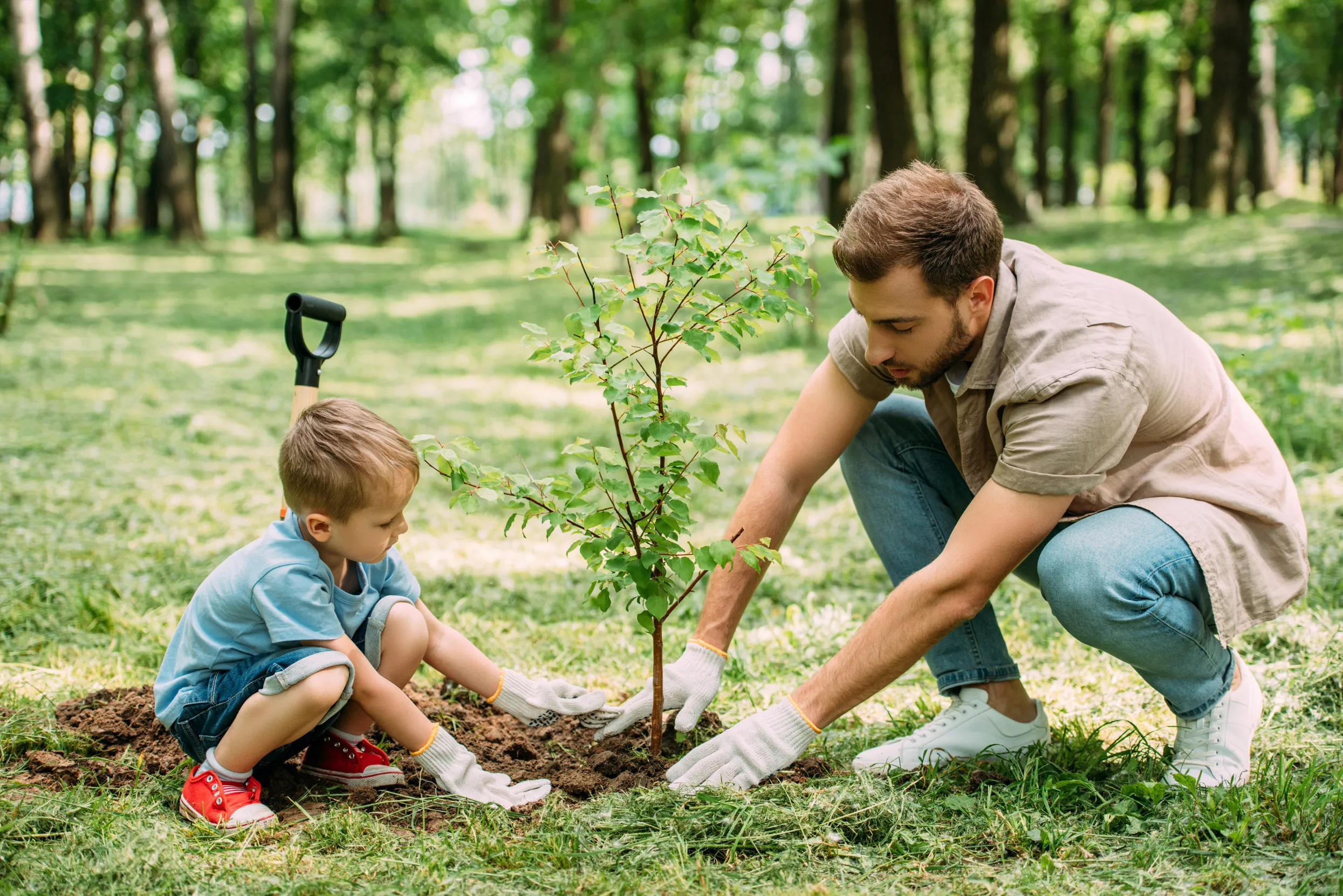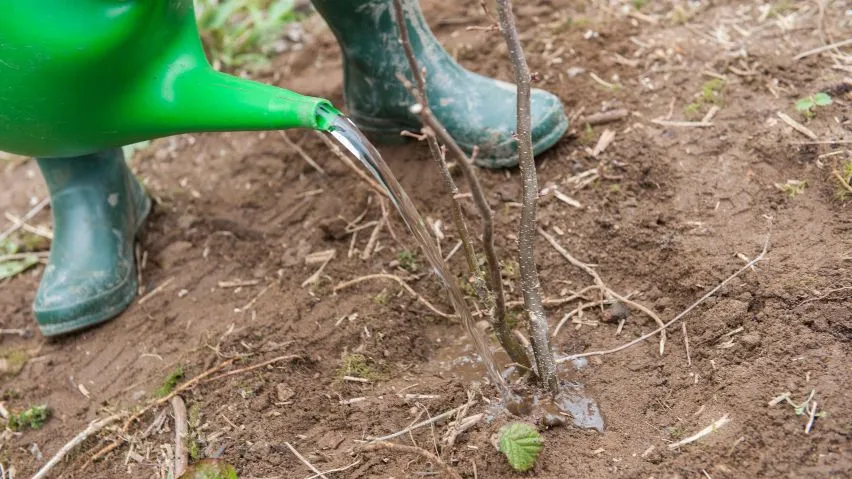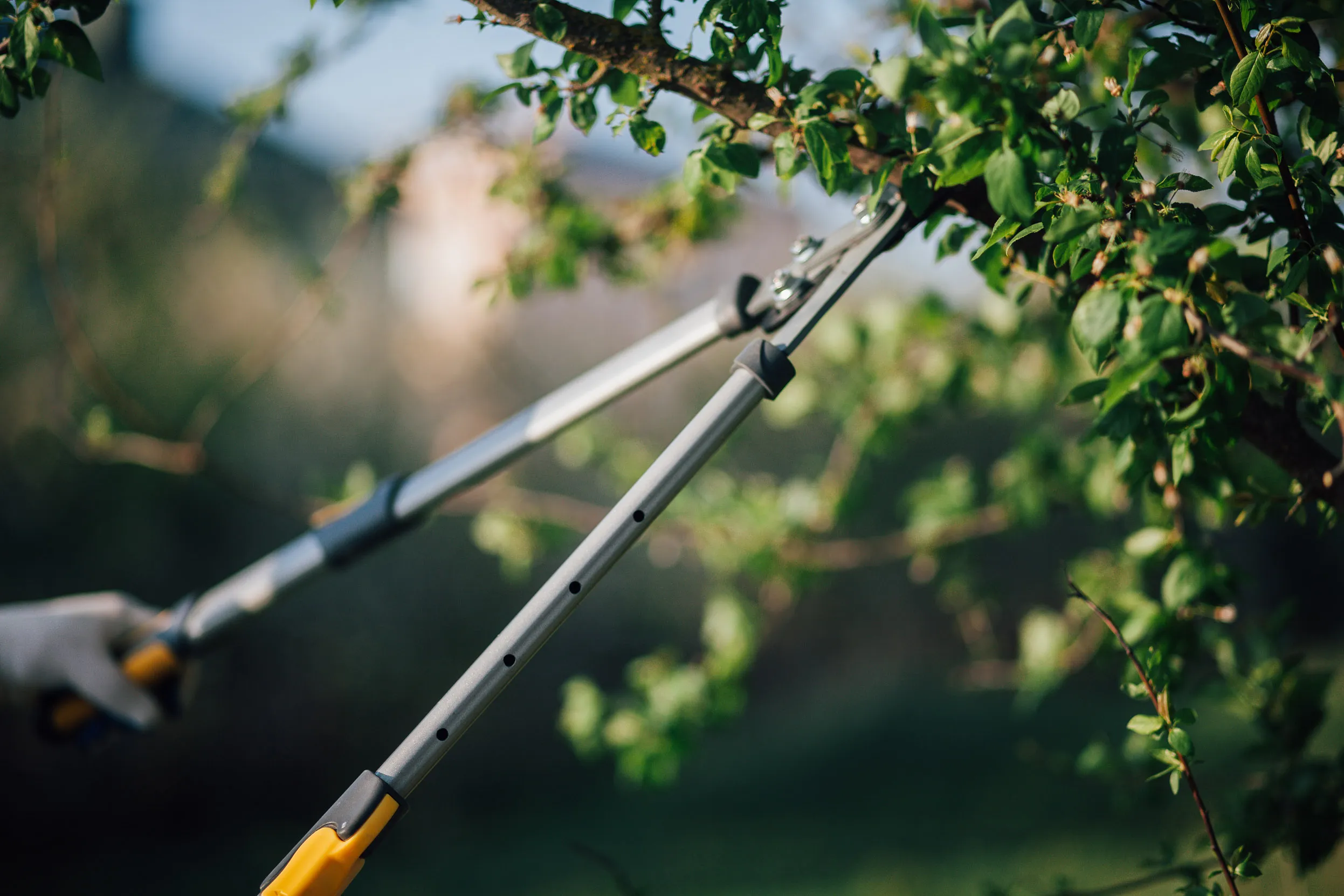Advice
What’s on the menu? How to provide natural food for birds
Jamie Wyver explains how to go beyond the birdfeeder and tailor your patch to support local wildlife.
Our guide to managing a patch of land as a community will help you make your neighbourhood better for wildlife.

When it comes to making your neighbourhood better for wildlife, one of the most powerful – and rewarding – things you can do is to take on the ownership of a patch of land and manage it together as a community. There are lots of things to consider if you’d like to go down this route, but we have plenty of advice to help you.
A quiet revolution has been taking place across the UK. From sleepy villages to bustling cities, communities have been coming together to take ownership of assets within their neighbourhood.
You might have heard of community groups running their local Post Office or saving a beloved pub from closure. But there are also lots of examples of patches of land either being gifted to communities or having their ownership changed so that they can be managed for the benefit of wildlife and local people. Often these are pieces of land that are either neglected or abandoned and are crying out for some TLC.
When communities are empowered to take action and shape the future of their neighbourhood, a whole world of exciting opportunities opens up.
Imagine for a moment that you had the power to transform an unloved patch of ground in your area. What would you do with it?
Perhaps you’d create a community orchard dotted with benches where people can enjoy a quiet moment of reflection surrounded by spring blossom, and then come together in autumn to gather and share out the harvest?
Or maybe you picture a swathe of colourful wildflowers cross-crossed by paths, where children can watch bees bumble from flower to flower or enjoy a picnic amongst the swaying blooms
Whatever your vision, we have tips on how to make it a reality.

Once you’ve set your sights on a patch of land, ask yourself the following questions:
Many of these questions can be answered by visiting the Land Registry website.

If you haven’t already, you’ll need to set up a community group of like-mined people with a desire to take action for nature where you live. We’ve got step-by-step instructions to help you do this.
When land ownership is involved, it’s best to bring in a solicitor to help with any legal paperwork. You might also decide to use a third party to manage the land in accordance with the management plan you decide as a group. For example, Fields in Trust help communities to protect green spaces in perpetuity
